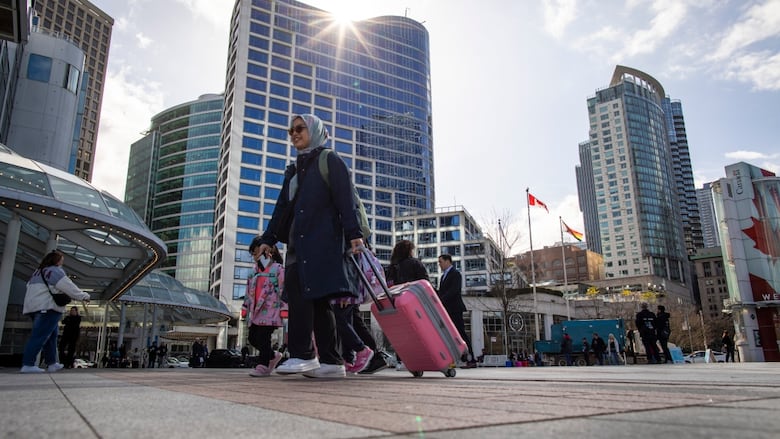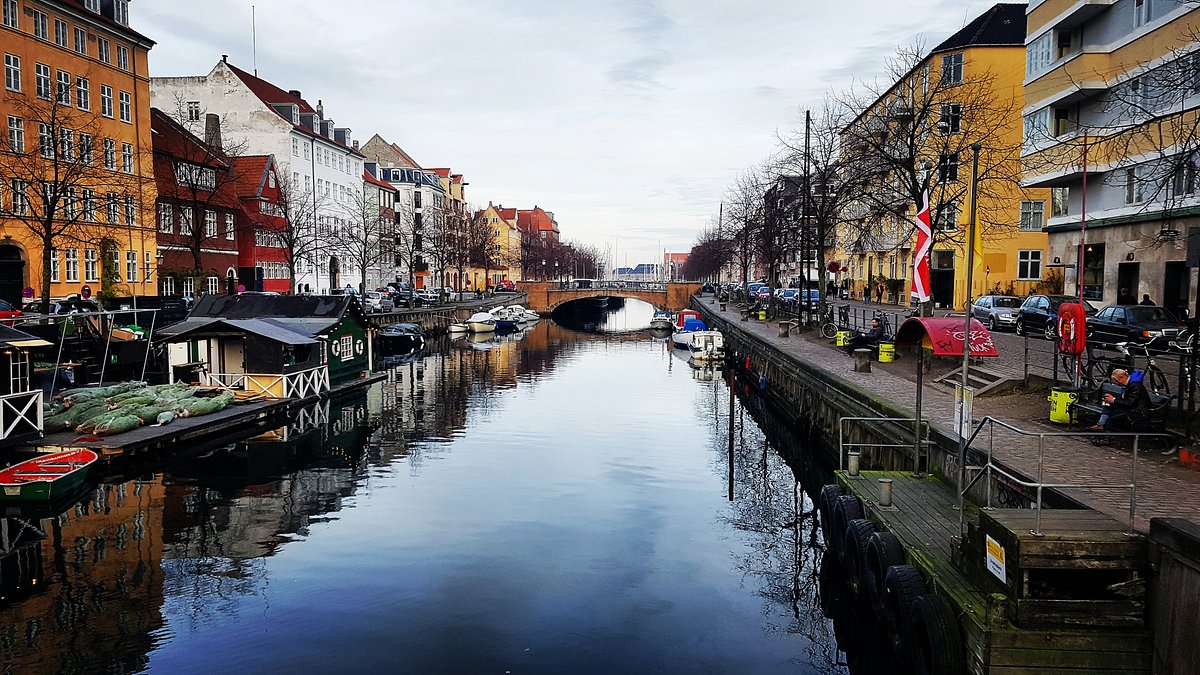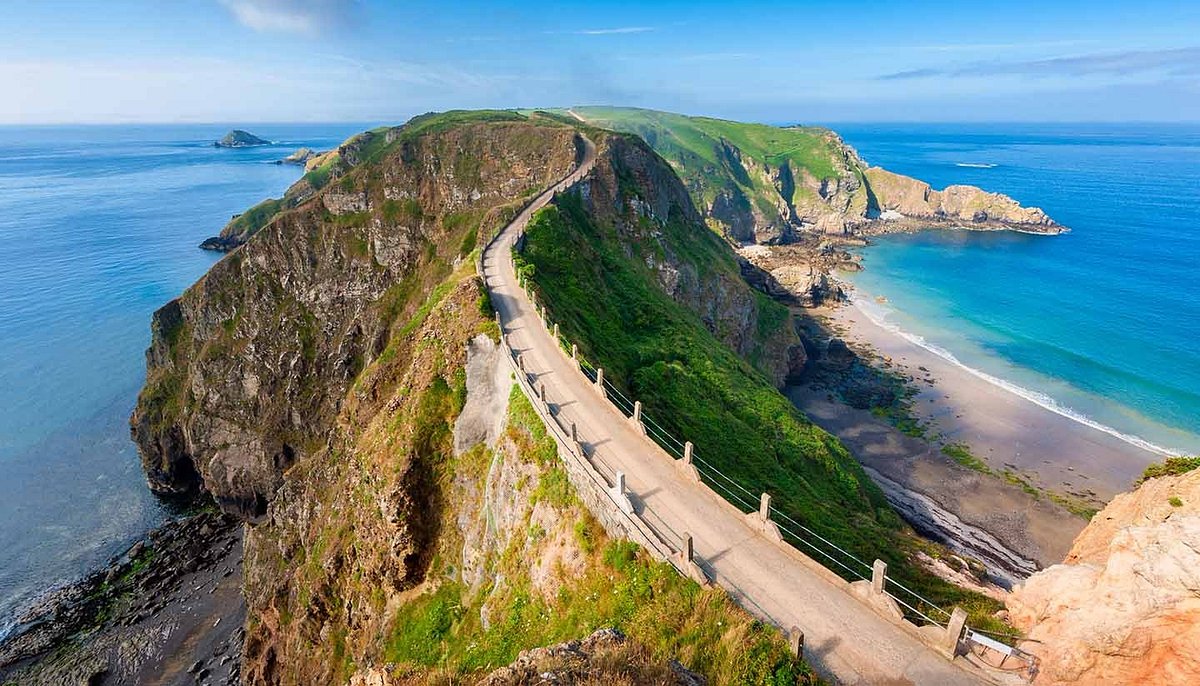Canada’s tourism industry is riding a wave of unprecedented domestic spending. In 2025, domestic visitor spending is on track to reach nearly C$104 billion, fueling a record C$182.9 billion contribution to the national economy and supporting 1.8 million jobs—far outstripping international visitor spending, which is expected at about C$34 billion.
🇨🇦 Domestic Travel Drives Growth
Recent government data show that in Q1 of 2025, Canadians spent C$20.2 billion on domestic travel—a 0.8% increase over the prior quarter—even as non-resident spending declined 2.6% . Canadians have pulled back from U.S.-bound travel, but are doubling down at home. Recent surveys from BMO reveal that 59% of Canadians plan domestic trips to save money, with an average travel budget of C$3,825 this summer .
Economic Outlook: Resilience Amid Change
According to TD Economics, Canada’s total tourism sector is projected to grow by 2–4% in 2025, thanks in large part to a strong domestic base offsetting a decline in U.S.-bound travel. That modest percentage still represents robust performance compared to other sectors facing stagnation.
Meanwhile, the WTTC’s Economic Impact Research underscores that Canada needs to diversify its international visitor base beyond the U.S.—which still accounts for about 71% of inbound arrivals—to ensure long‑term stability.
Why Are Canadians Traveling More?
- Cost of living pressures: Rather than cutting vacations, 62% of Canadians plan to spend as much or more on travel this summer compared to last year .
- Weaker currency: The Canadian dollar’s depreciation relative to the U.S. dollar makes domestic travel cheaper at home and international trips more expensive—leading to strong domestic travel demand .
- Government initiatives: The Canada Strong Pass, launched in June 2025 under the Rediscover Canada campaign, offers Canadians free access to national parks and museums and travel discounts through summer to encourage local tourism.
- Immigration boost: A 9% population increase from 2019 to 2023 means many newcomers are discovering Canada’s attractions, furthering domestic tourism demand .
Sector Highlights and Regional Trends
- In Q1 2025, tourism contributed 1.74% of GDP, with accommodation and food & beverage sectors performing strongest .
- BMO data indicate that services related to lodging (+2.0%), dining (+1.0%), leisure events and transportation are steady pillars of growth.
Regionally, provinces are doubling down on local attractions—from rural Indigenous tourism operated by First Nations in Haida Gwaii to national parks managed under the Canada Strong Pass initiative
Notably, CW economic forecasts expect the sector to contribute C$233.5 billion to GDP by 2035, with domestic tourism alone climbing to C$132 billion and international visitor spend rising to C$40 billion.
Challenges: International Uncertainty and U.S. Reliance
Despite strong domestic performance, international arrivals, particularly from the U.S., have declined sharply. Statistics Canada reports that arrivals dropped over 16% year-on-year in early 2025, and international tourism spend fell by about 2.6%.
This downturn is partly connected to evolving U.S.-Canada relations, including trade tensions and a growing “Buy Canadian” sentiment. High dependence on a single inbound market introduces risk—a reality that tourism leaders and policymakers are watching closely .
What Lies Ahead?
1. Diversify overseas visitation
Canada is accelerating efforts to attract travelers from the U.K., China, Mexico, and Europe to reduce dependence on U.S. tourists.
2. Invest in infrastructure
Projects like the new Alto high-speed rail network (Toronto–Ottawa–Quebec City) will reduce travel friction and enhance connectivity for domestic tourism .
3. Promote sustainable tourism
There’s growing support for Indigenous-led experiences and eco-sensitive nature destinations—from Haida Gwaii luxury lodges to accessible national parks—supporting both cultural tourism and economic equity .
4. Support affordability measures
Programs like the Canada Strong Pass and travel discounts encourage Canadians from all walks of life to explore their country—especially younger families or newcomers who might not otherwise travel extensively.
✅ Key Takeaways
| Metric | 2025 Projection |
|---|---|
| Domestic travel spending | C$104 billion |
| Total tourism GDP contribution | C$182.9 billion |
| Jobs supported | 1.8 million |
| Growth forecast (tourism industry) | +2–4% |
| International travel spending | C$34 billion |
Canada’s tourism outlook for 2025 is powered by a surge in local exploration. Rising domestic spending, a weaker Canadian dollar, and targeted policy incentives have turned inward travel into a powerful economic engine. While global uncertainties and over-reliance on U.S. visitors present challenges, industry projections show a vibrant decade ahead—where Canadian tourism remains bold, resilient, and increasingly visitor-diverse.








